
- The Scottish Highlands has seen the return of beavers, the release of captive-bred wildcats, and increased numbers of other species as rewilding pays off
At 6am, most guests are still fast asleep in the cabins, shepherds’ huts, yurts and stone cottages dotted across the Bamff Estate, a 530-hectare (1,300-acre) property on the southern edge of the Scottish Highlands.
A few, however, are already awake, cameras and binoculars in hand as they stand around a pond a few hundred metres from the towers and turrets of Bamff House.
If you want to see beavers at work, it pays to get up early.
As the salmon-pink sky begins to brighten, the creators of the pond are winding down after a busy night of activity.
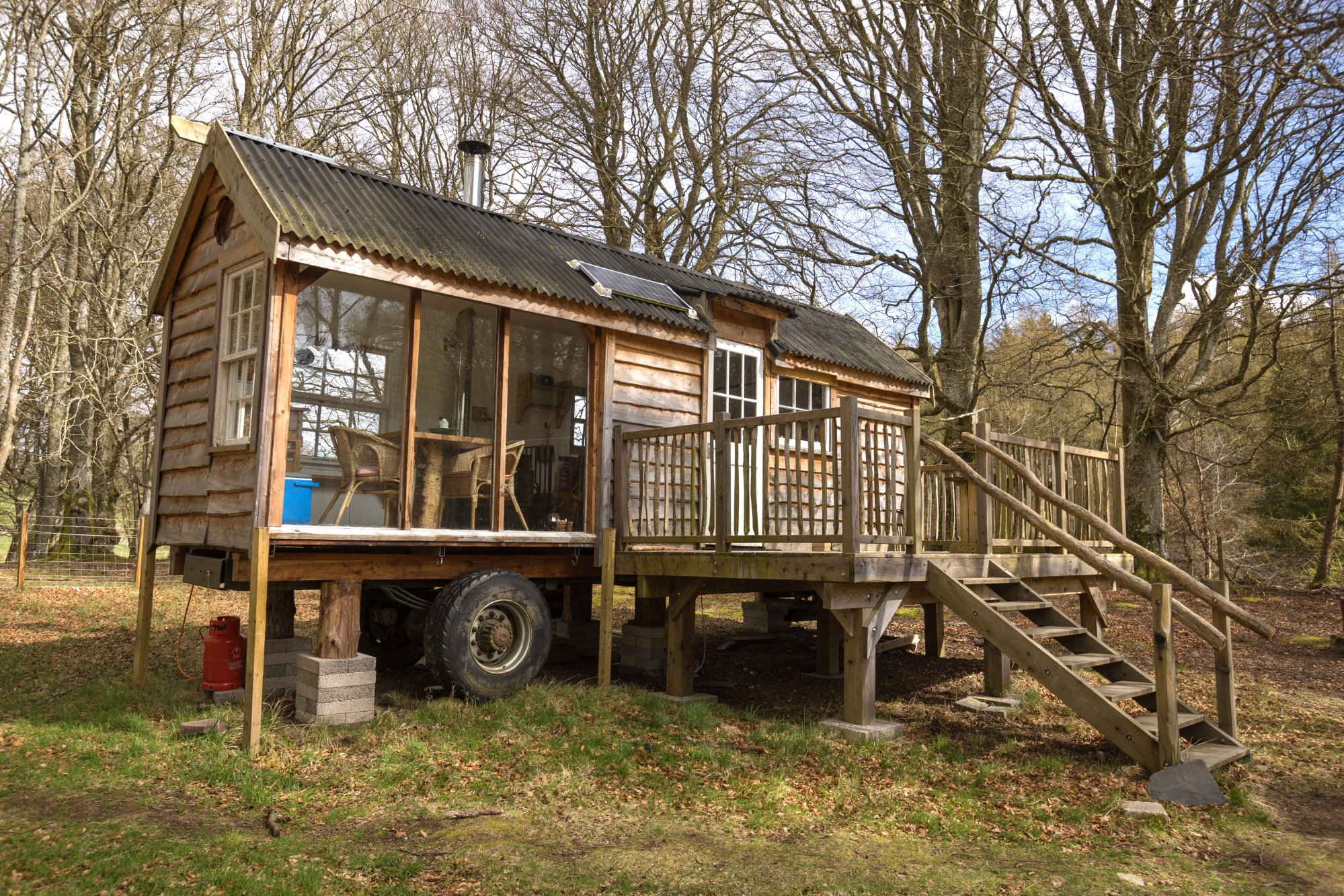
Two of the industrious rodents periodically re-emerge from their lodge, disturbing the glassy surface of the water with V-shaped ripples as they scour the area for the most succulent vegetation.
Occasionally, one clambers over the dam at the end of the pond and swims downstream, its broad, paddle-like tail disappearing into the twilight.
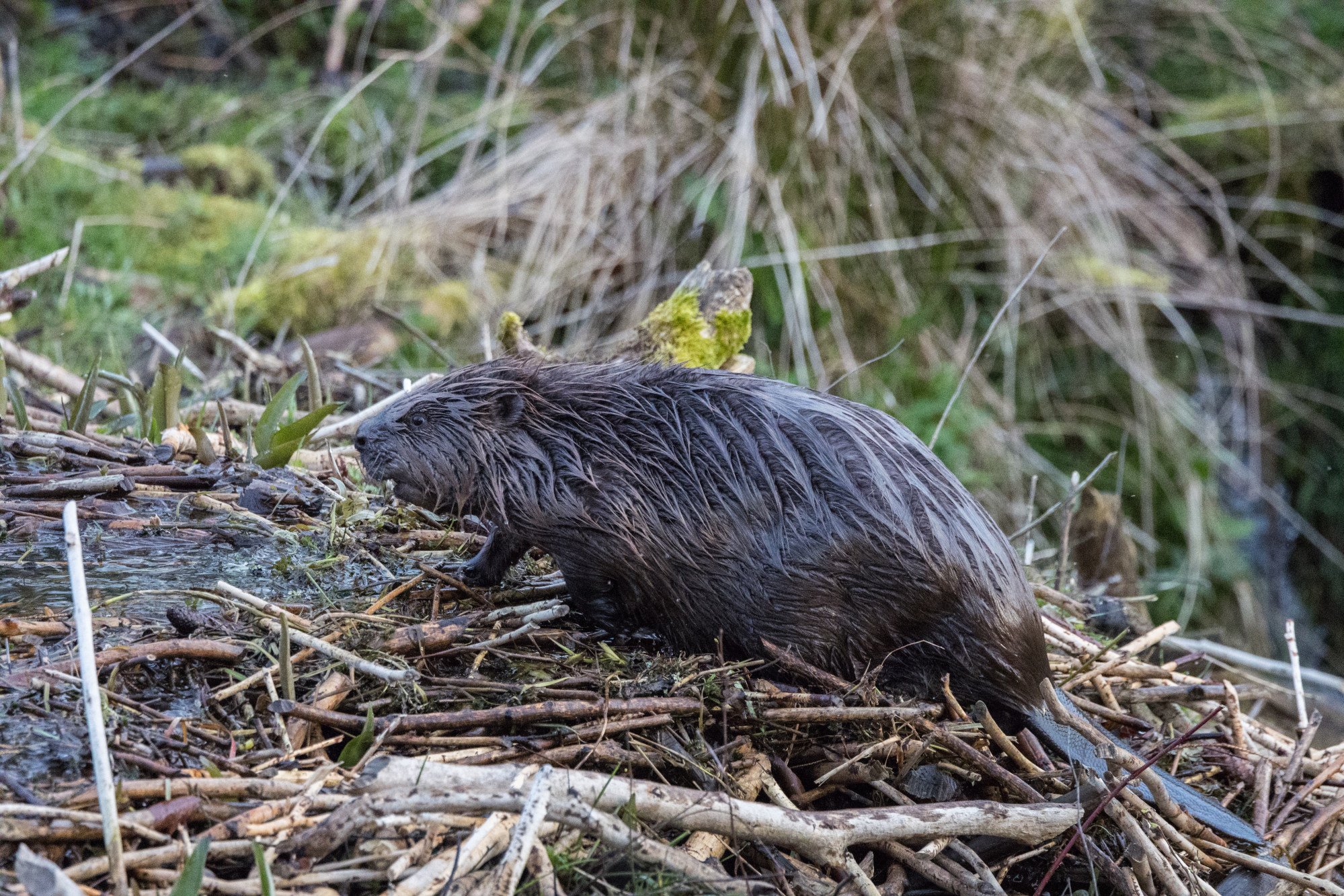
With the estate drawing growing numbers of beaver watchers, the animals seem unperturbed by the excited crowd of onlookers.
Hunted for their fur, meat and scent glands, beavers were driven to extinction in Britain in the 16th century.
Today, as part of the burgeoning Scottish rewilding movement, they are being reintroduced at an increasing number of sites across the country, helping to create complex wetland habitats that benefit a wide range of other wildlife species and boosting wildlife tourism.
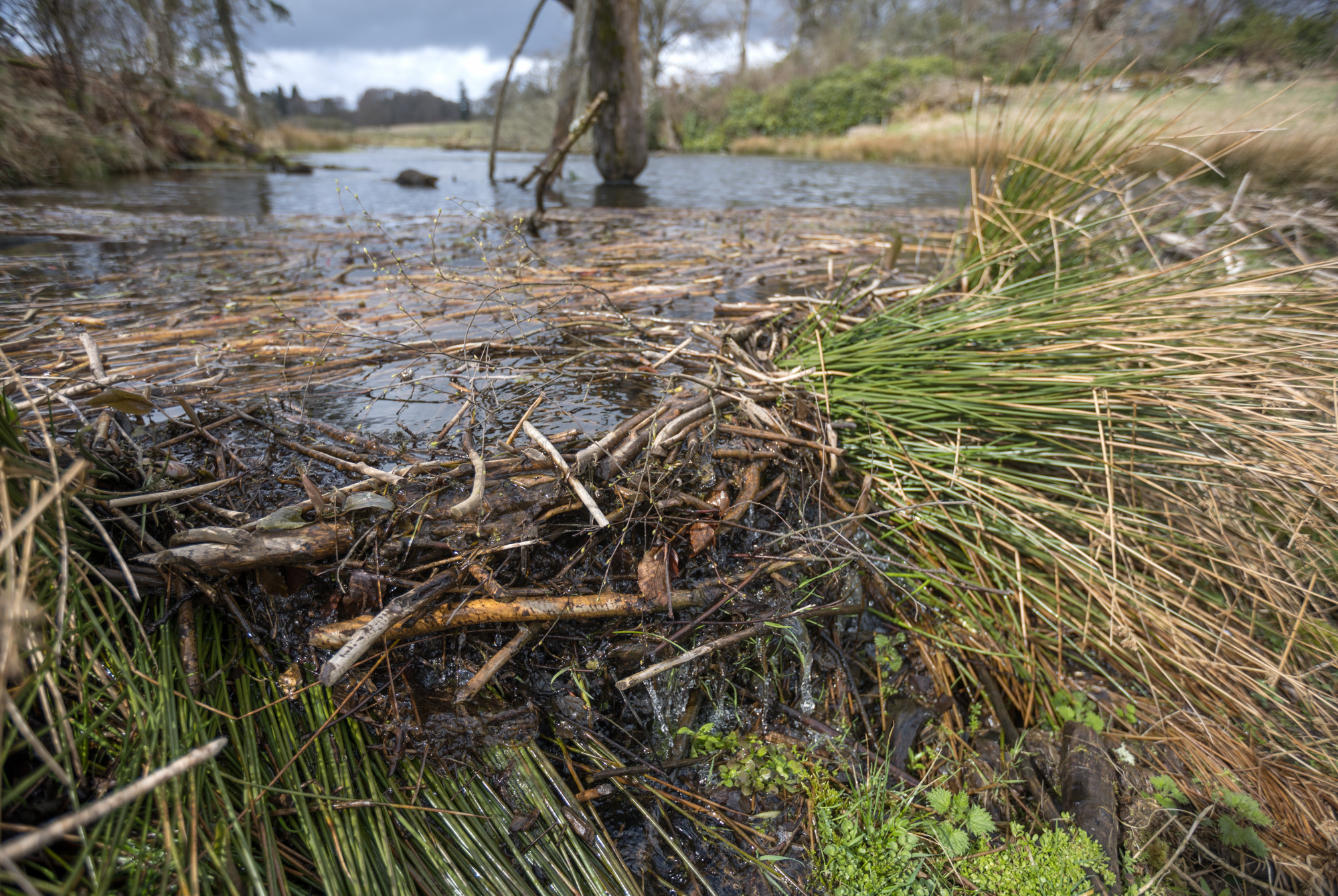
“My parents, Paul and Louise Ramsay, first brought beavers here in 2002, and the animals have really changed everything for all of us,” says Sophie Ramsay, who now heads the estate’s Wildland project. “Rewilding is not only about supporting wildlife comeback, it’s also about giving nature space and letting it manage itself through restored natural processes.
“Our growing beaver population has radically reshaped the estate’s waterways, which has benefited myriad other animals and plants.
“Bamff now has the best beaver wetlands in the UK. People come from far and wide to see the beavers, and to see how rewilding can have such a positive impact on the landscape.”
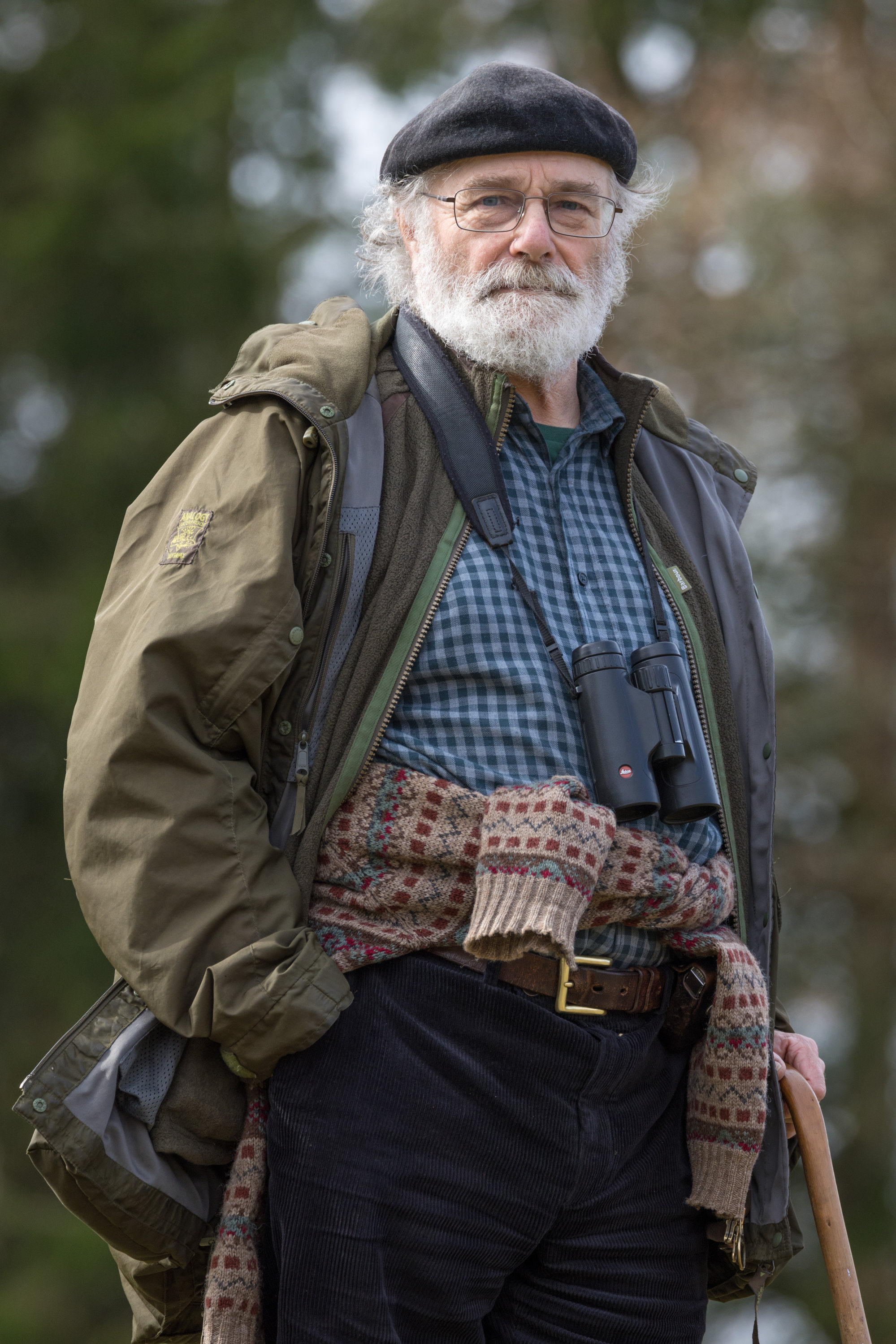
In many ways, the Ramsays were pioneers of Scottish rewilding. As the country’s rewilding movement has scaled up in recent years, the number of species involved has steadily diversified.
At the conservation breeding-for-release centre at the Highland Wildlife Park, in Kingussie, on the northwest edge of the Cairngorms National Park, Ordie the Scottish wildcat patrols his enclosure, waiting for breakfast to arrive.
On the menu today might be dead rabbits, rats or mice, although food items, amounts and feeding times – as well as the way such items are provided – are varied.
This encourages Ordie and the centre’s other captive wildcats to practise the essential hunting and feeding behaviour they will need to survive, once they are released into the wild.
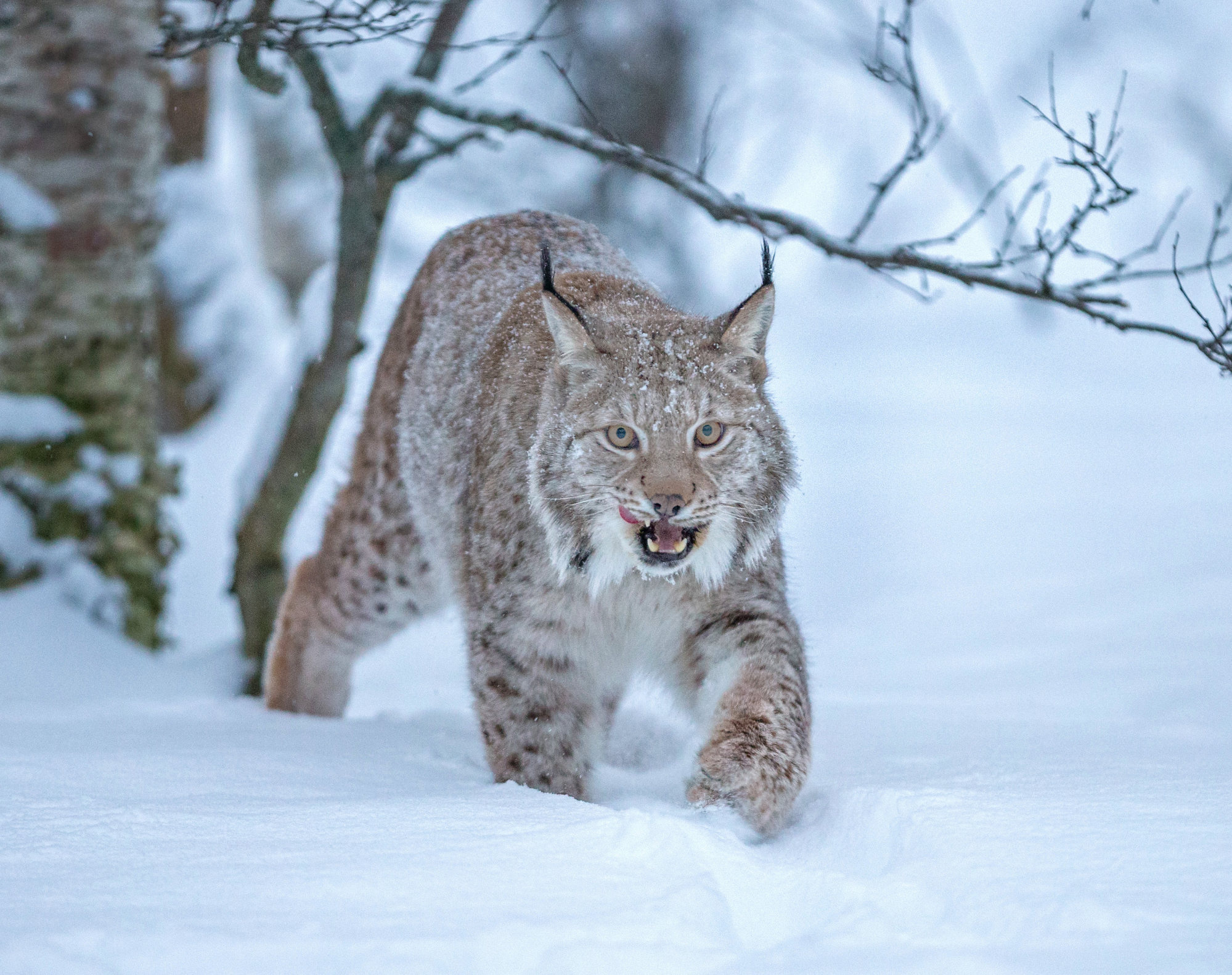
Over the past few thousand years, Britain has lost all of its large terrestrial predators, with habitat loss, hunting and deliberate persecution leading to the decline and disappearance of wolves, brown bears and lynx.
The country is now on the brink of losing a much smaller carnivore, and its only remaining wild feline – the critically endangered Scottish wildcat.
European wildcats once ranged across Britain but are now confined to small pockets in and around the Scottish Highlands.
The Scottish wildcat is larger than domestic cats, with longer legs, a broader, blunter head, striped markings and a distinctive tail with three to five black rings. Affectionately known as the “Highland tiger”, it has become emblematic of Scotland’s wild landscapes.
The animal has left an indelible pawprint on Scotland, where its untameable, fearless spirit and love of solitude have given it a mythical reputation in folklore and history. Several Highland clans used wildcat imagery on their heraldry and referenced it in their mottos.
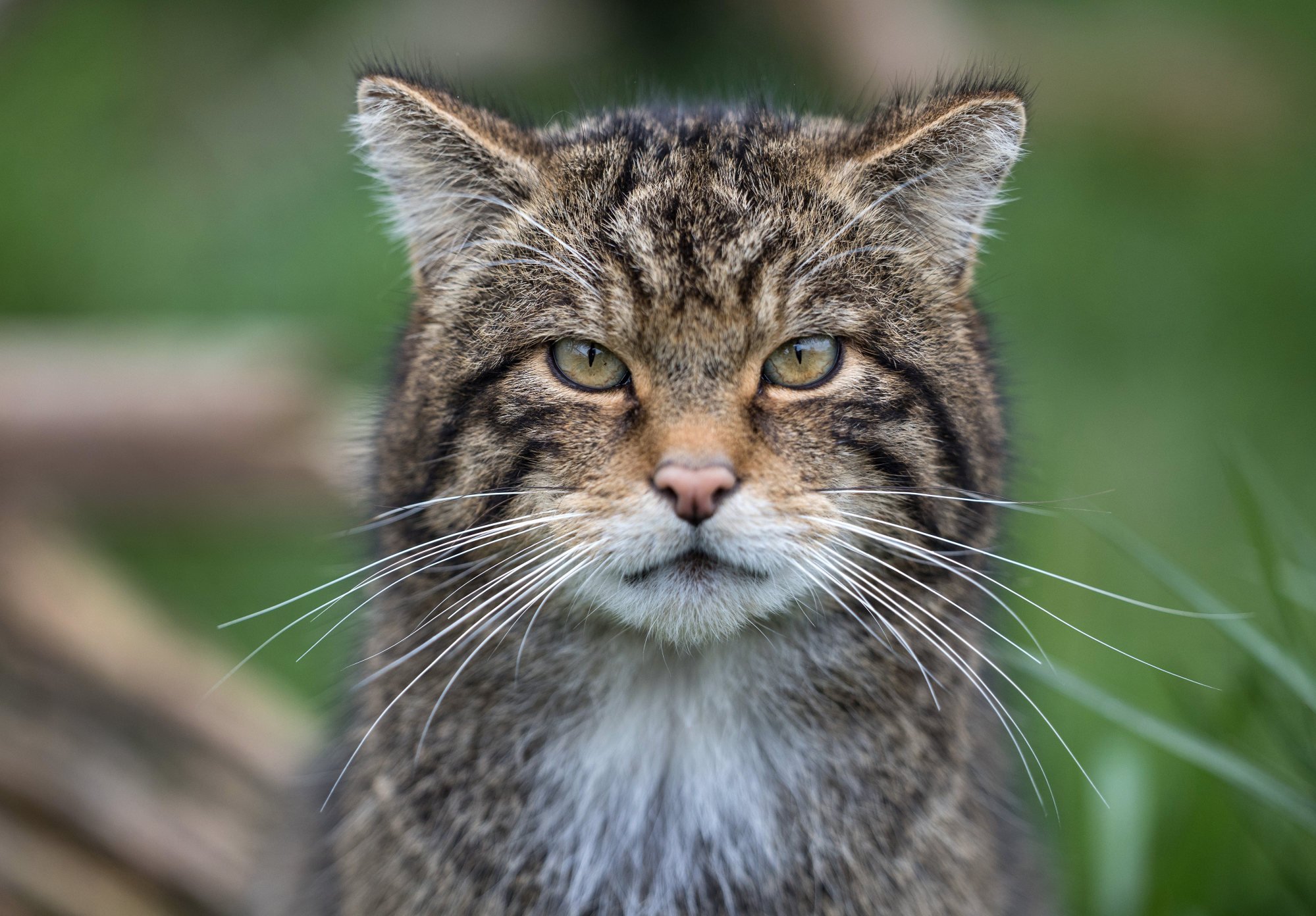
While the wildcat was once widely targeted by gamekeepers looking to protect populations of game species such as red grouse and pheasant, attitudes towards this iconic animal are now changing.
Together with other exciting species, such as beavers, ospreys, red squirrels and white-tailed eagles, there is widespread consensus that wildcats are a vital part of Scotland’s wild natural heritage.
“My vision for Scotland includes healthy populations of wildcats, because this is the UK’s last remaining wildcat,” says Dr Helen Senn, head of conservation and science programmes at the Royal Zoological Society of Scotland (RZSS).
“My ambition is to have such populations not only across Scotland, but also in England and Wales. Although tourism can be a double-edged sword, I think the return of the Scottish wildcat can have a positive socio-economic impact, as well as an ecological one.”
Today, while deliberate persecution may be less of a threat, the remaining Scottish wildcat population is at risk from hybridisation with domestic cats. Since all individuals sampled in recent years have shown a high degree of interbreeding, the population is considered functionally extinct in the wild.
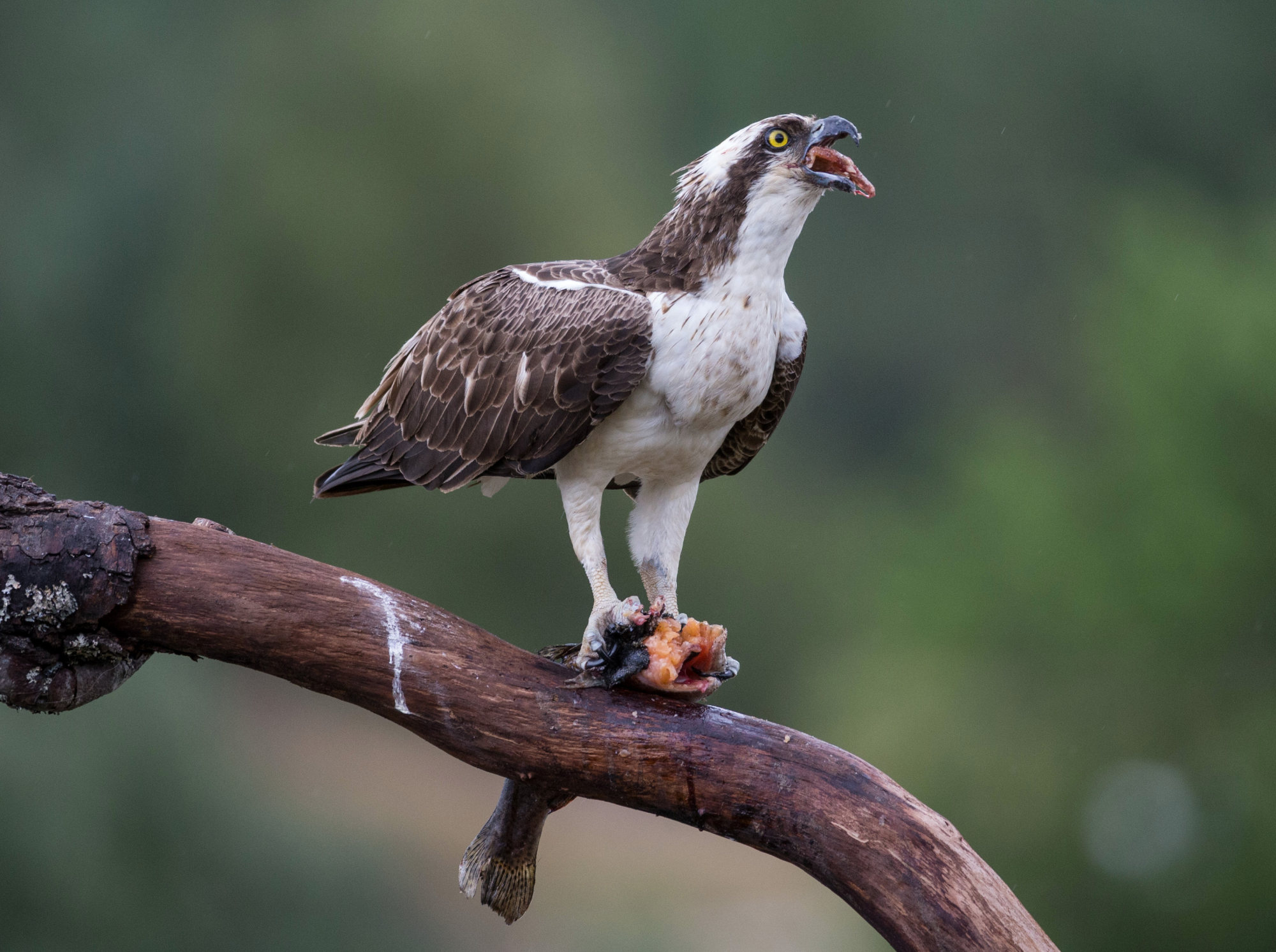
“In 2019, a report published by the International Union for Conservation of Nature concluded that the Scottish wildcat population was non-viable and on the brink of disappearing forever,” says Helena Parsons, outreach and engagement manager for the Saving Wildcats recovery project, which is working to save Scottish wildcats and is led by the RZSS, together with a range of other partners.
“It also concluded that the last hope for the Scottish wildcat was to breed captive individuals for release into the wild.”
In the summer of 2023, 19 Scottish wildcats were released at secret locations within the Cairngorms National Park by the Saving Wildcats partnership, having been raised at the Highland Wildlife Park’s conservation breeding-for-release centre.
Comprehensive stakeholder engagement generated support for the release, particularly among local communities and landowners.
Every wildcat was fitted with a GPS collar, enabling the project field team to track their movement and behaviour, and monitor their health.

To date, just one of the newly released cats has died, with the rest adapting well to their new surroundings.
In 2024 and 2025, about 40 more wildcats will be released to help restore a viable Scottish population, although to achieve this will require many more releases over a far wider area.
Visitors hoping to spot one in the wild may be in for a challenge, as the animals are elusive and mostly active at dawn and dusk, although the Highland Wildlife Park has a number available for public viewing in its Wildcat Wood enclosure.
The ancient Caledonian Forest is one of Scotland’s richest habitats. A globally unique ecosystem, it is characterised by wild Scots pines, complemented by species such as juniper, birch, willow, rowan and aspen, all of which have naturally evolved together over thousands of years.
It provides a home for a wide variety of rare and adapted wildlife, including pine martens, Scottish wildcats, crossbills and red squirrels.
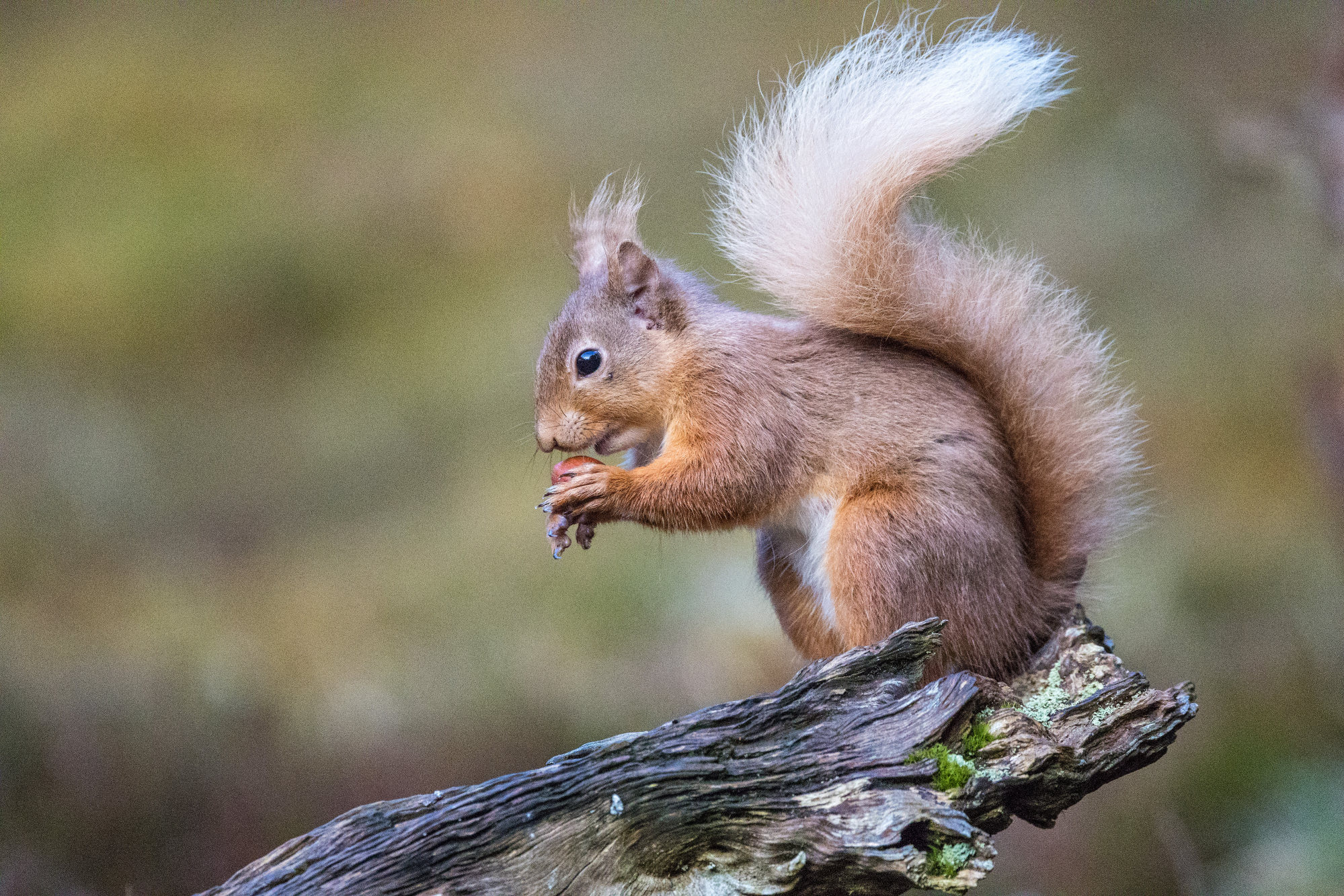
At its peak, the Caledonian Forest covered most of the Scottish Highlands, but historic climate change, together with forest clearance for agriculture, led to widespread decline. Today, less than 2 per cent remains, with 84 pinewood fragments scattered across a largely treeless landscape.
These days, the biggest threat to Scotland’s remaining pine trees, and other native tree species, is the unnaturally high level of deer browsing, which prevents new generations of trees from becoming established.
Many large estates in the Scottish Highlands have long managed their land specifically to encourage high deer numbers for sport shooting, which means Scotland is home to almost 30 per cent of the entire European red deer population. In addition, the absence of wolves and lynx means Scottish deer have no natural predators.
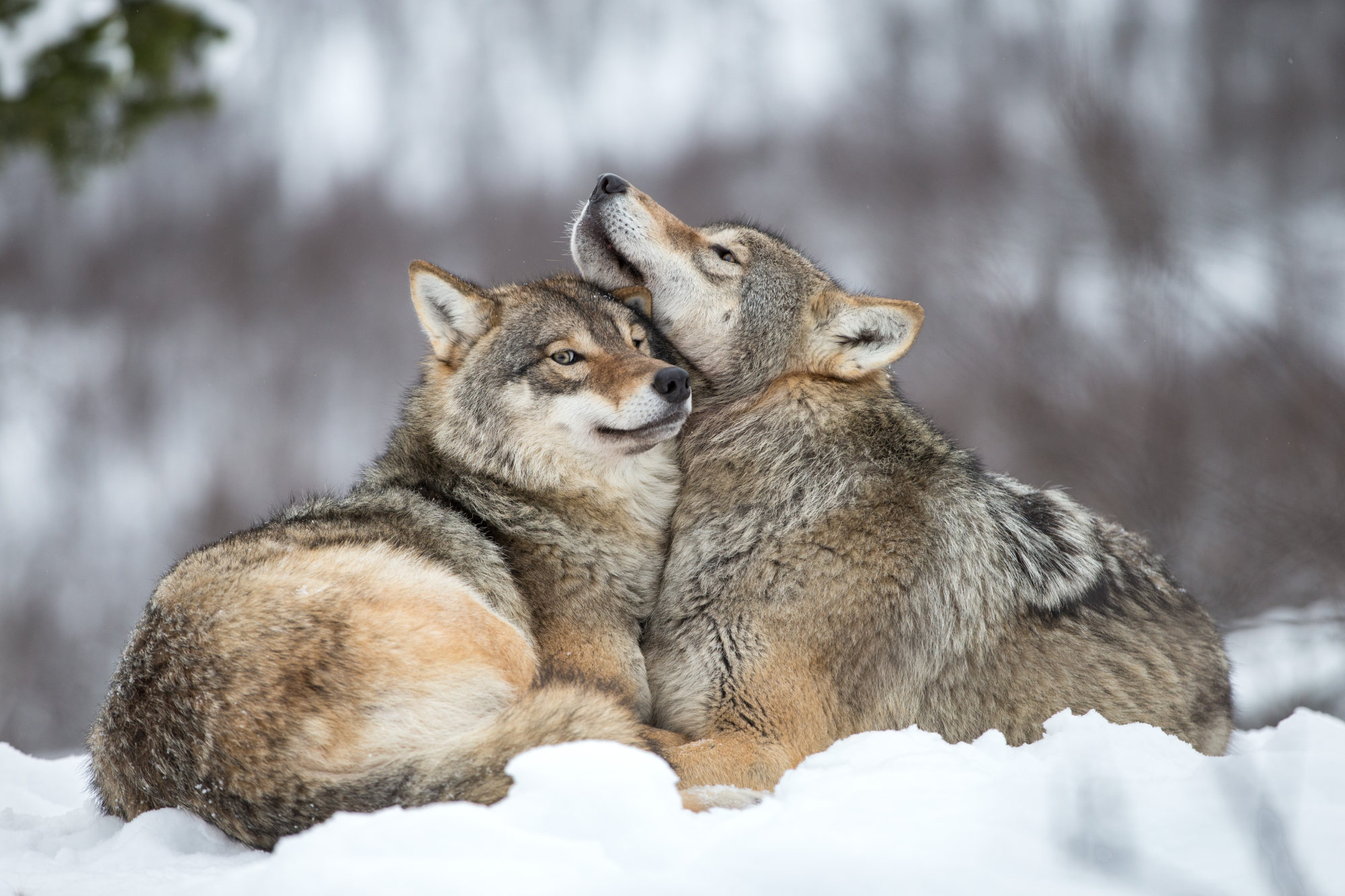
Launched in 2021, the Affric Highlands is Britain’s largest rewilding landscape. Led by Rewilding Europe and Trees for Life, the 30-year initiative will restore woodland, peatland and riverside habitats over 200,000 hectares – from Loch Ness to the west coast of Scotland.
In 2023, efforts to recover nature in the Affric Highlands primarily focused on woodland protection and restoration, which involved tree planting and the construction of deer-proof fencing, which is seen as a short-term solution until deer numbers can be reduced to more natural levels.
Visitors to the Affric Highlands can learn more about these rewilding efforts at the beautiful Dundreggan Rewilding Centre, which also offers accommodation.

Wildlife comeback and habitat restoration are both integral to rewilding in Scotland, as they are across the world. Species such as Scottish wildcats, salmon, beavers and eagles all need healthy, naturally complex landscapes in which to thrive, while their presence helps to drive the restoration process.
At the same time, nature recovery can support the growth of nature-based tourism, which is estimated to contribute nearly 40 per cent of the £6 billion (US$7.6 billion) generated annually by the Scottish tourism industry.
On the back of successes to date, many rewilding proponents are in favour of returning lynx, and even wolves, to Scottish landscapes. This would help to rebalance ecosystems and give the growth of the country’s wildlife tourism industry further impetus.

The reintroduction of wolves to Yellowstone National Park, in the United States, has generated an additional US$7 million to US$10 million annually in tourism revenue, while tourism in Harz National Park, in Germany, has massively increased since the reintroduction of lynx, in 2000.
“Reintroducing lynx in Scotland would represent a huge step forward for rewilding and the restoration of naturally healthy Scottish landscapes,” says Mark Hamblin, who runs wildlife photography hides in the Cairngorms National Park.
“The ongoing reintroduction of Scottish wildcats has shown what can be achieved when agreements with diverse stakeholders can be reached. We’re not there yet with lynx, but momentum is building.
“These are exciting times for rewilding in Scotland.”

